Your gateway to numerous Iranian top exporters
Create one request and get multiple quotes from verified suppliers. 100% free.
Direct Reduce Iron (Sponge Iron)
Direct reduced iron (DRI), also called sponge iron, is produced from the direct reduction of iron ore (in the form of lumps, pellets, or fines) into iron by a reducing gas or elemental carbon produced from natural gas or coal.
Direct reduction processes will remove the oxygen contained in various forms of iron ore (sized ore, concentrates, pellets, mill scale, furnace dust, etc.), in order to convert the ore to metallic iron, without melting it (below 1,200 °C (2,190 °F)). Direct-reduced iron has about the same iron content as pig iron, typically 90–94% total iron (depending on the quality of the raw ore) so it is an excellent feedstock for the electric furnaces used by mini mills, allowing them to use lower grades of scrap for the rest of the charge or to produce higher grades of steel. Sponge iron is not useful by itself, but can be processed to create wrought iron or steel. The sponge is removed from the furnace, called a bloomery, and repeatedly beaten with heavy hammers and folded over to remove the slag, oxidize any carbon or carbide, and weld the iron together.

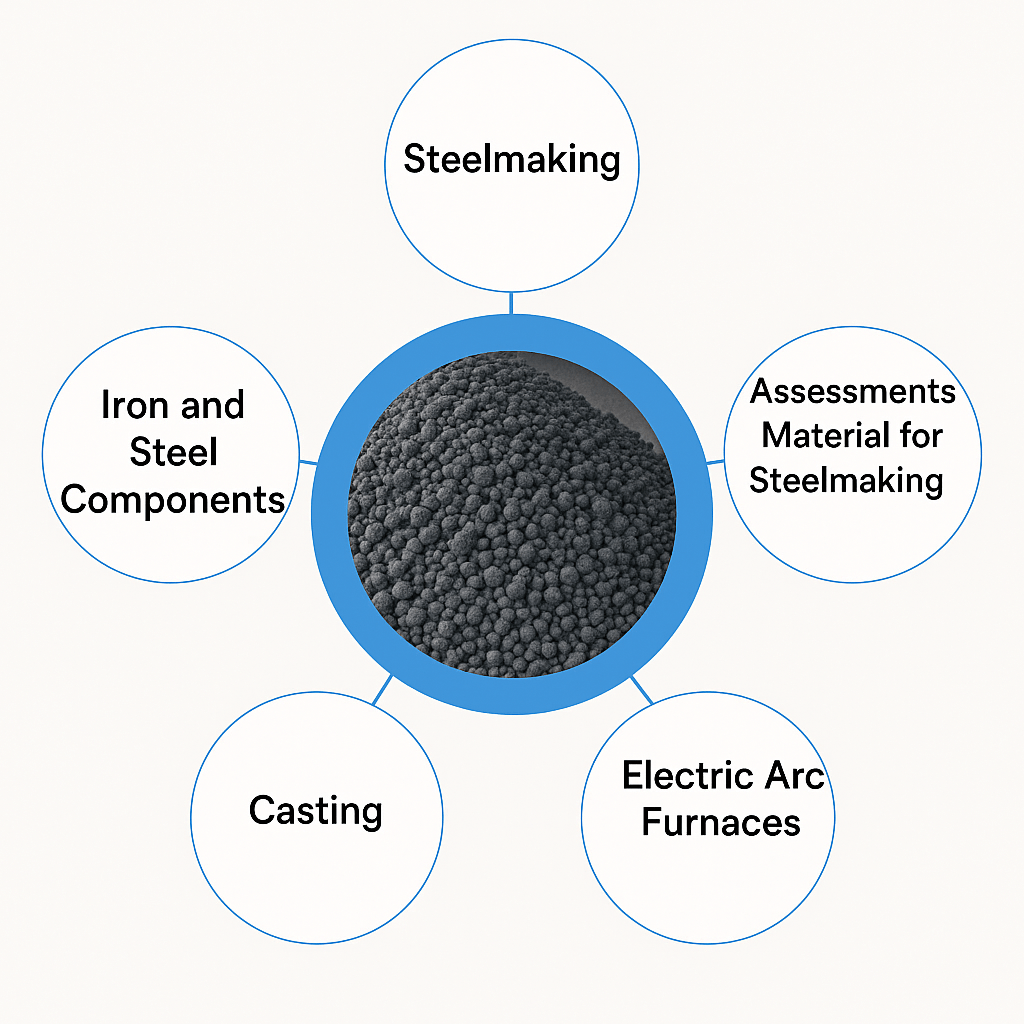 |
This treatment usually creates wrought iron with about three percent slag and a fraction of a percent of other impurities. DRI retains the chemical purity of the iron ore from which it is produced. It therefore tends to be very low in residual elements such as copper, chromium, tin, nickel, and molybdenum. Typical ranges of DRI chemistry are 90–94% total iron, 83–89% metallic iron, 6.5–9% iron oxide, 0.8–2.5% carbon, 2.8–6% gangue, 0.005–0.09% phosphorus, and 0.001–0.03% sulfur.
IF YOU ARE WILLING TO BUY SPONGE IRON FROM IRANIAN SUPPLIERS, PLEASE SCROLL DOWN AND SUBMIT YOUR REQUEST. |

Request for Quotes
- Only relevant suppliers
- Data privacy compliant
- Easy and 100% free

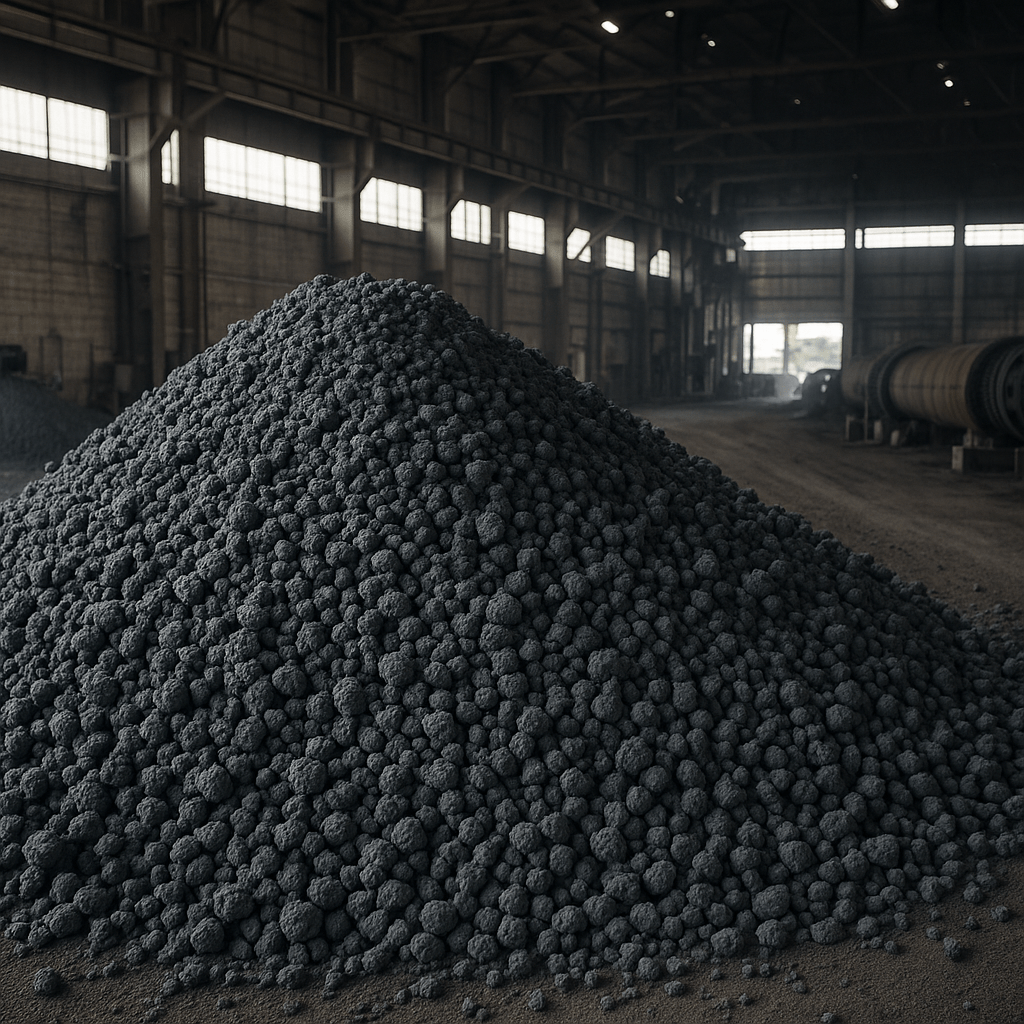


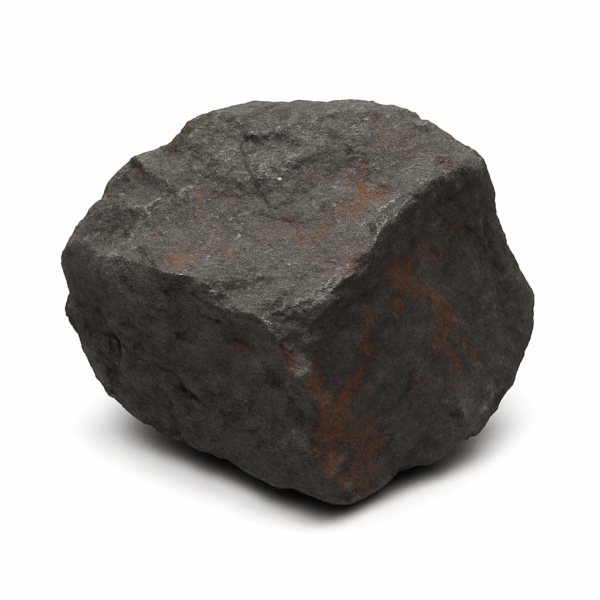
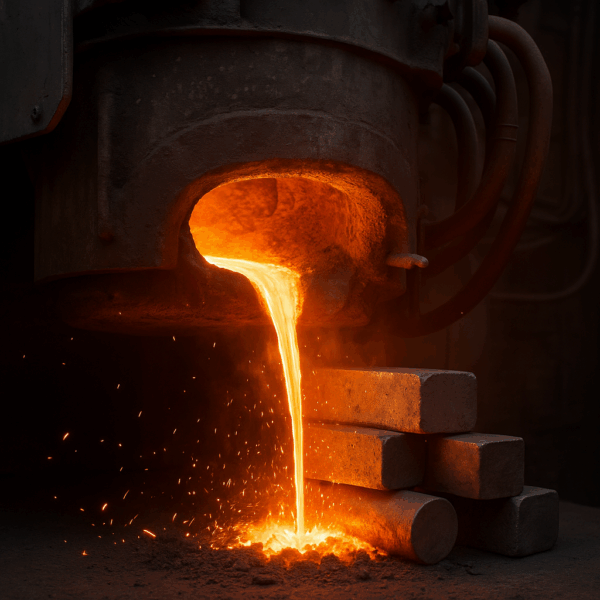
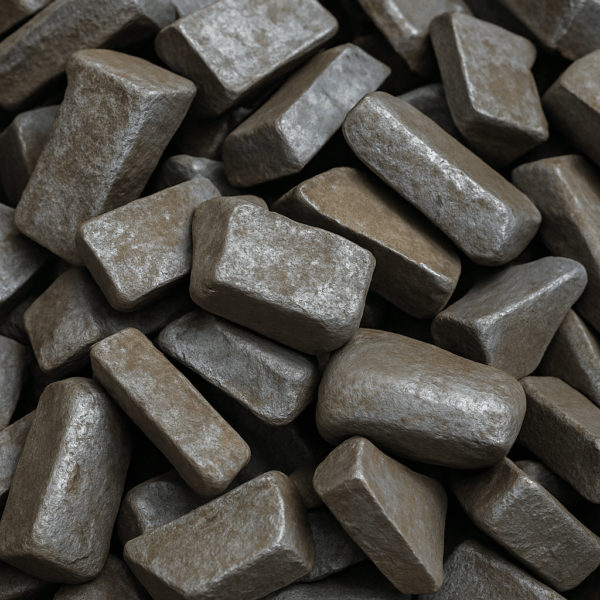
Reviews
Clear filtersThere are no reviews yet.